
LOADING ...
In response to evolving domestic opinion, eMedals Inc has made the conscious decision to remove the presentation of German Third Reich historical artifacts from our online catalogue. For three decades, eMedals Inc has made an effort to preserve history in all its forms. As historians and researchers, we have managed sensitive articles and materials with the greatest of care and respect for their past and present social context. We acknowledge the growing sentiments put forth by the Canadian public and have taken proactive actions to address this opinion.
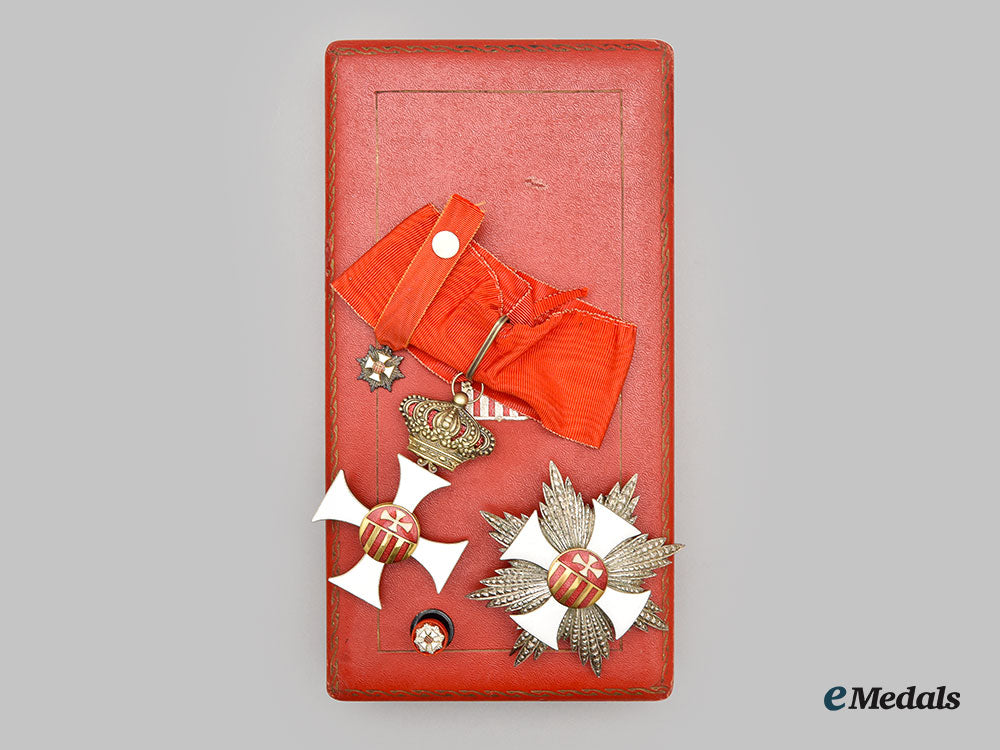
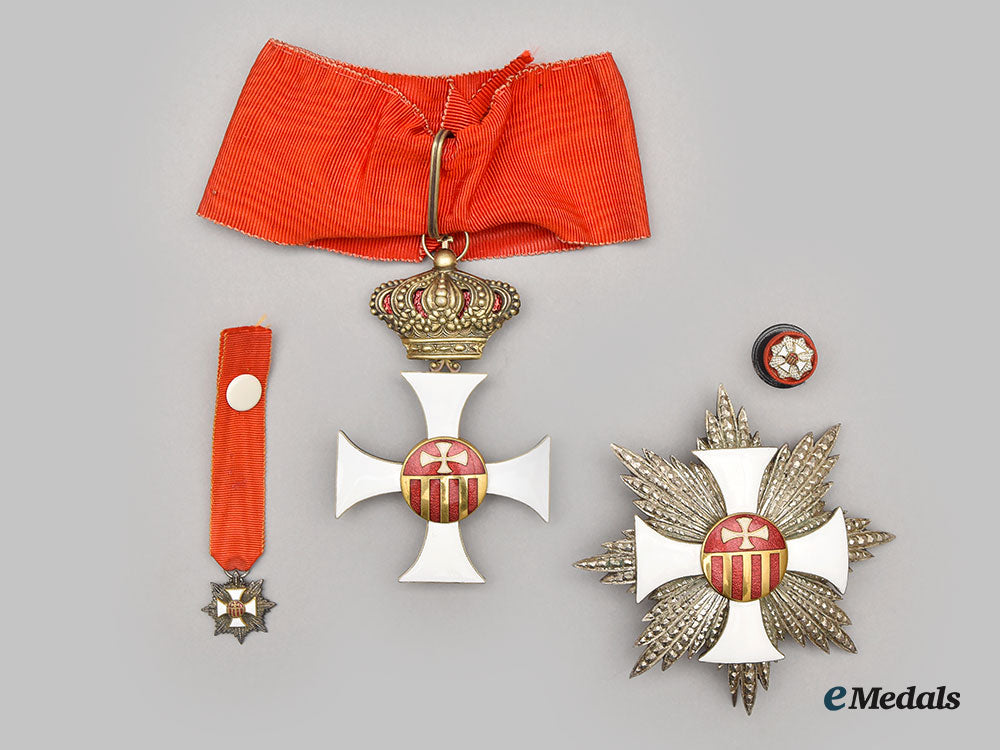

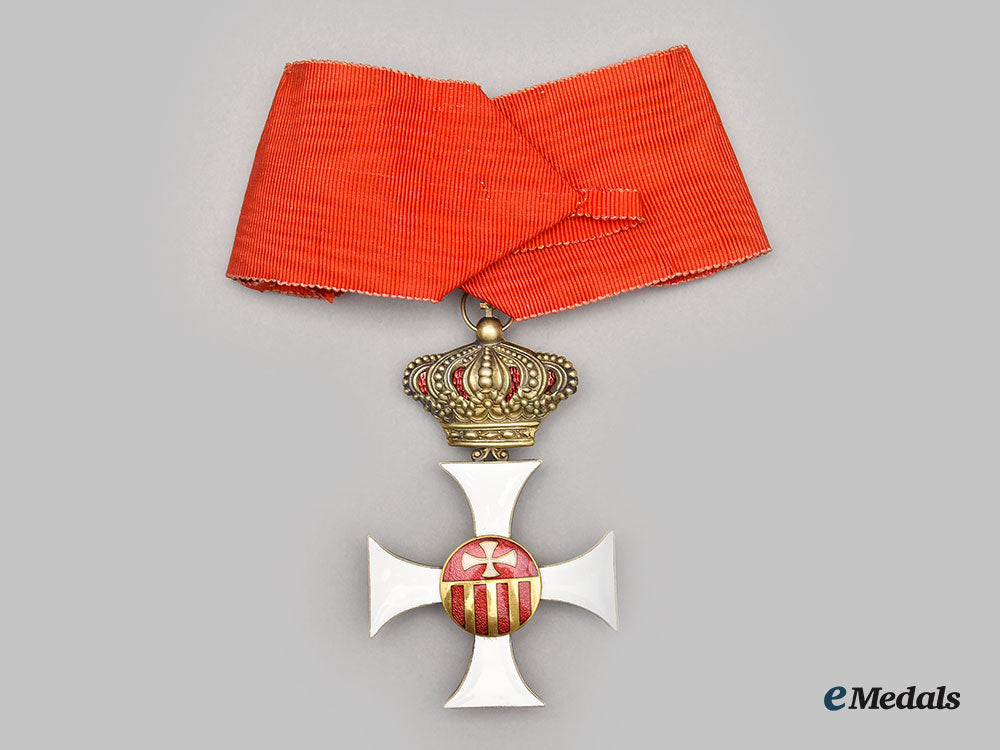
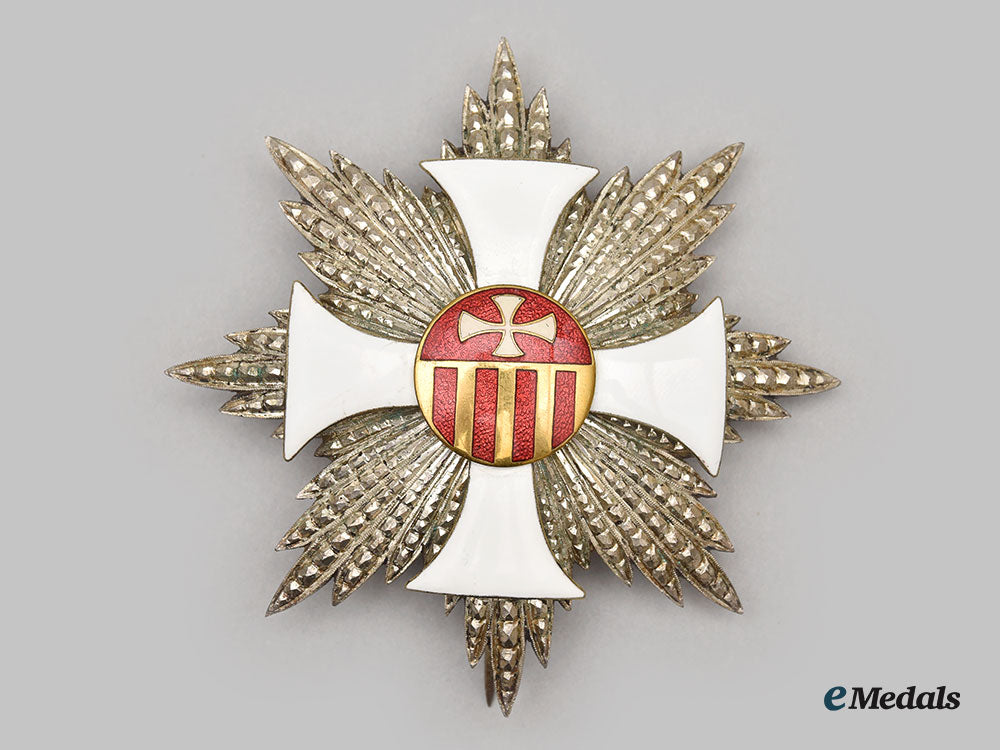
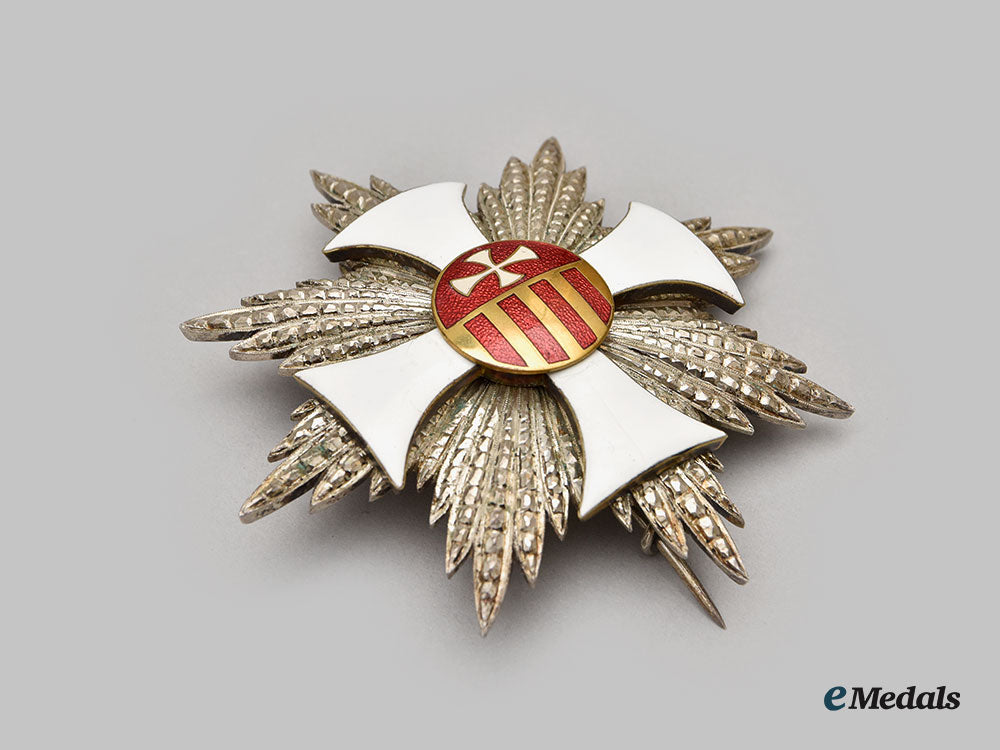
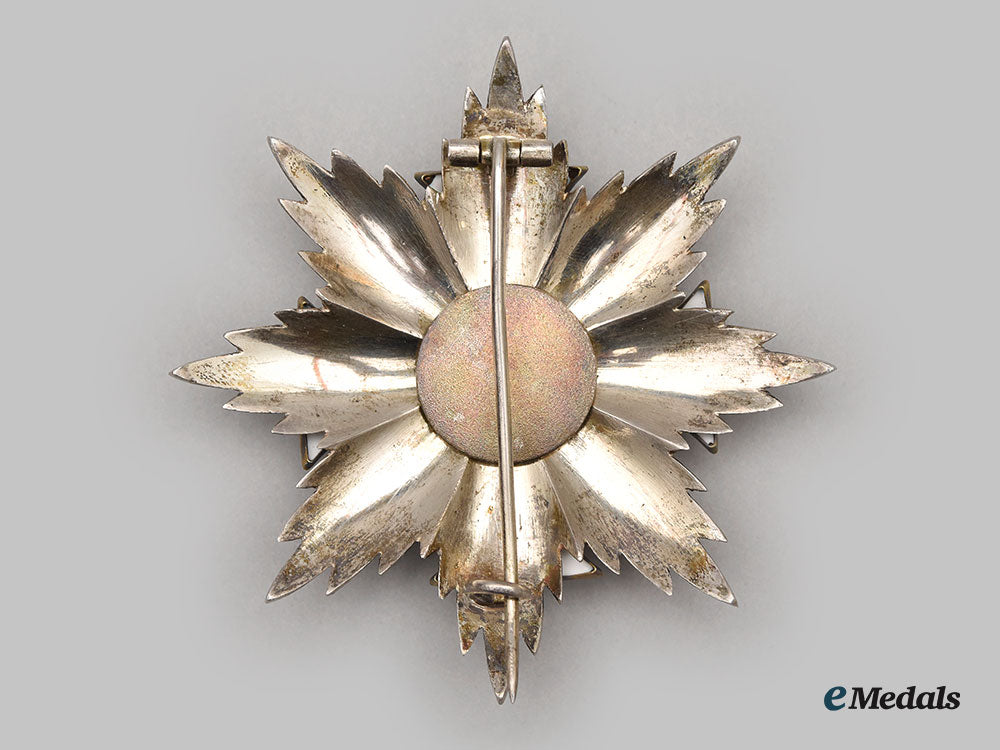

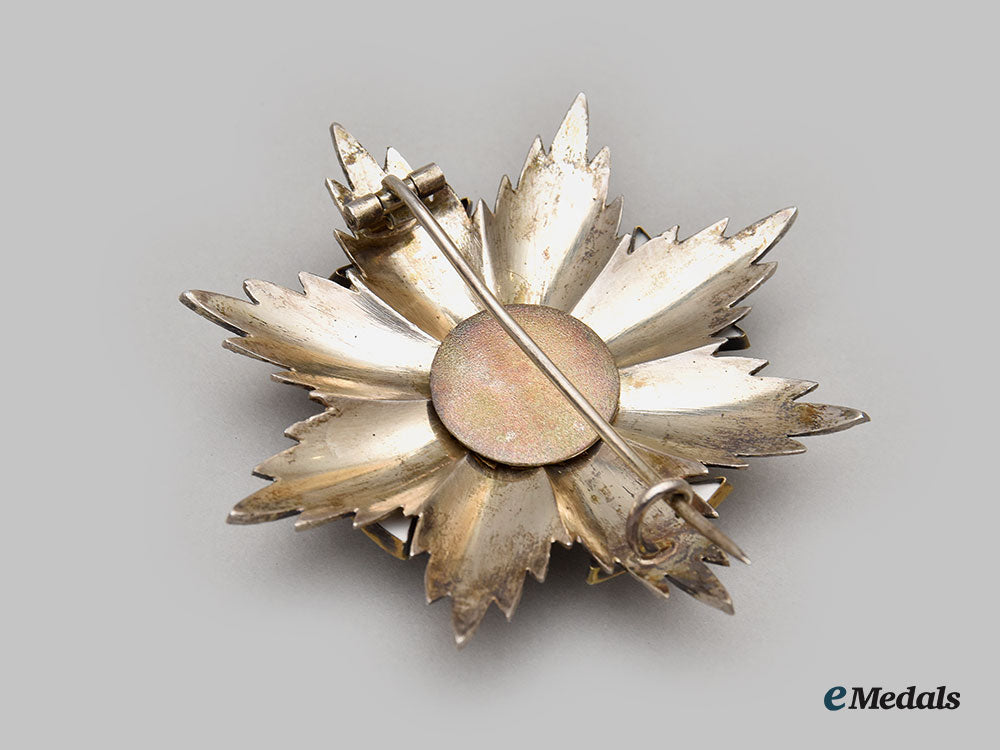
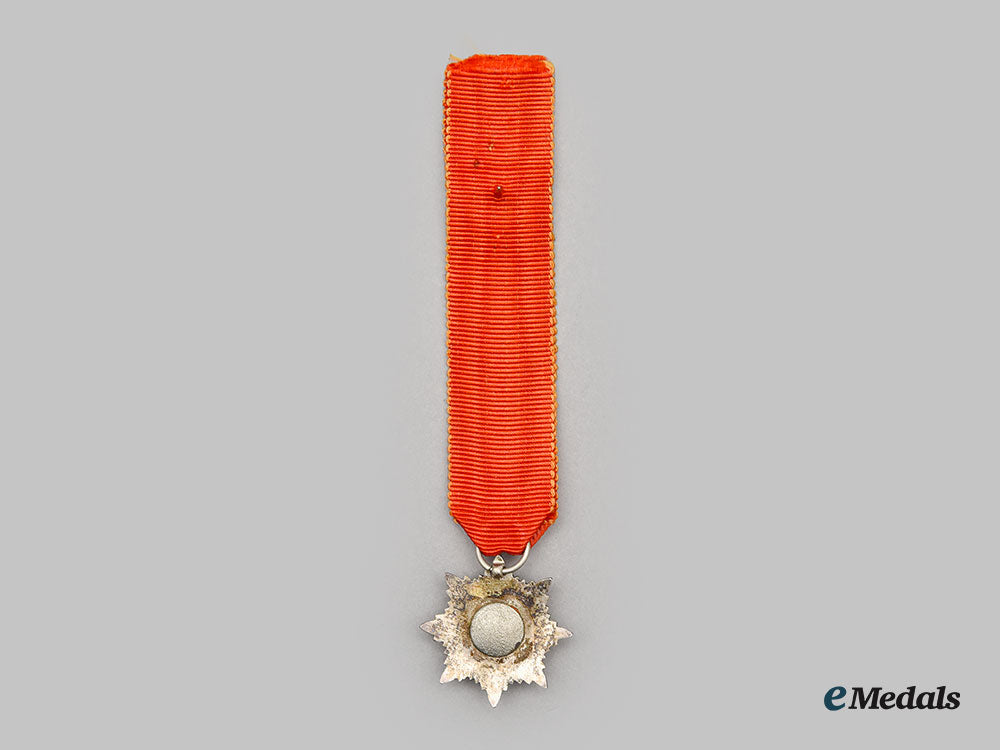
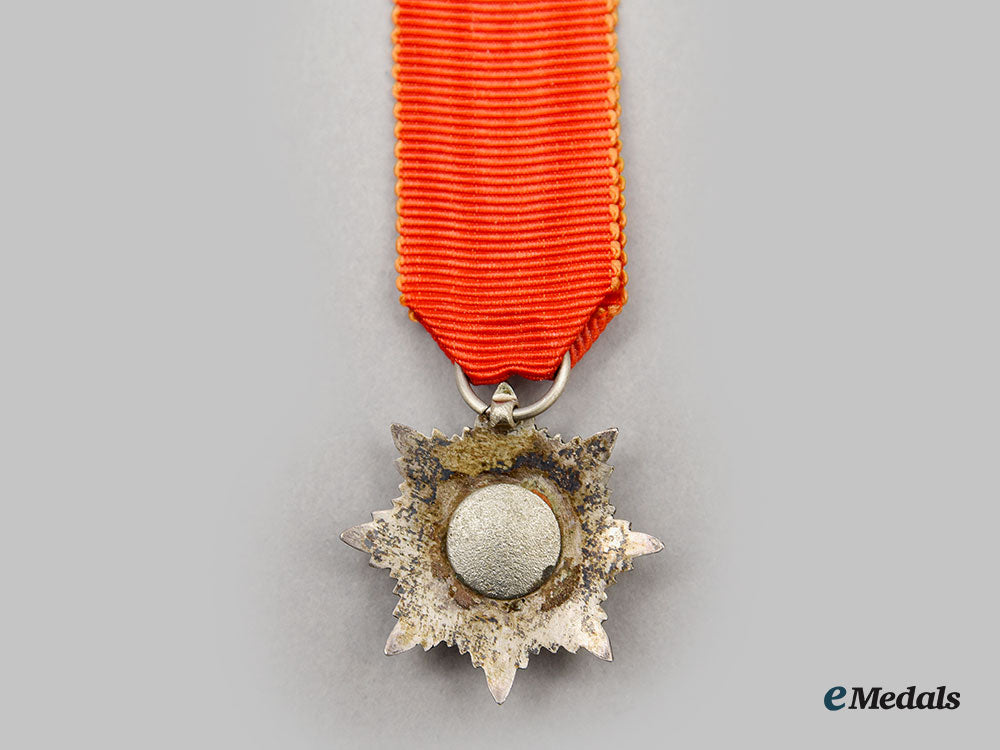
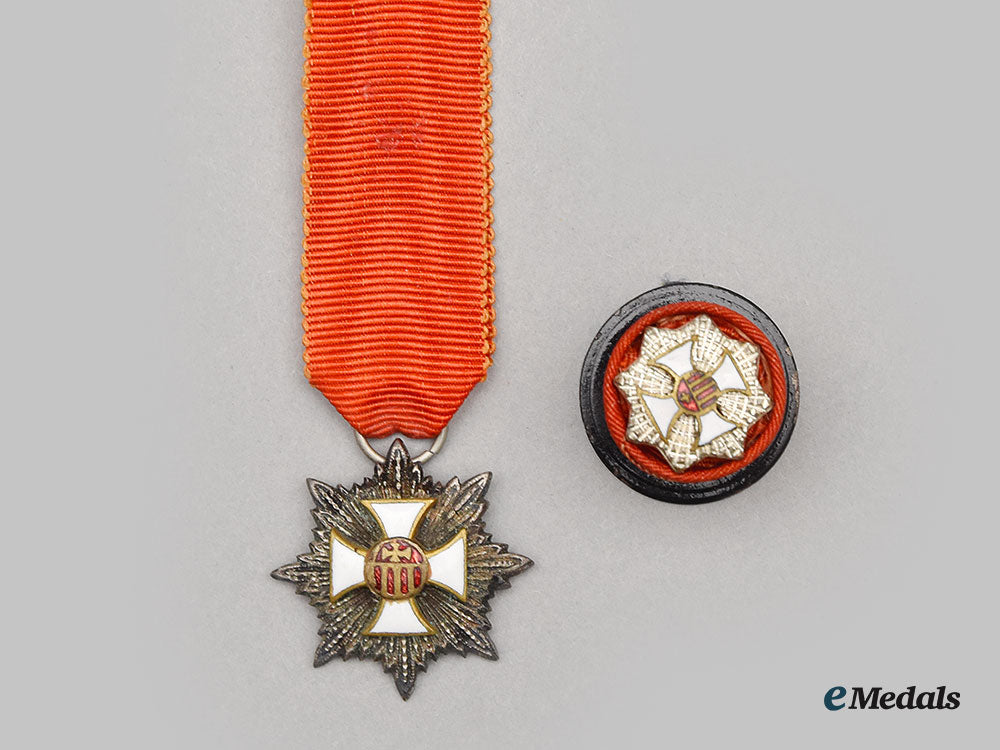
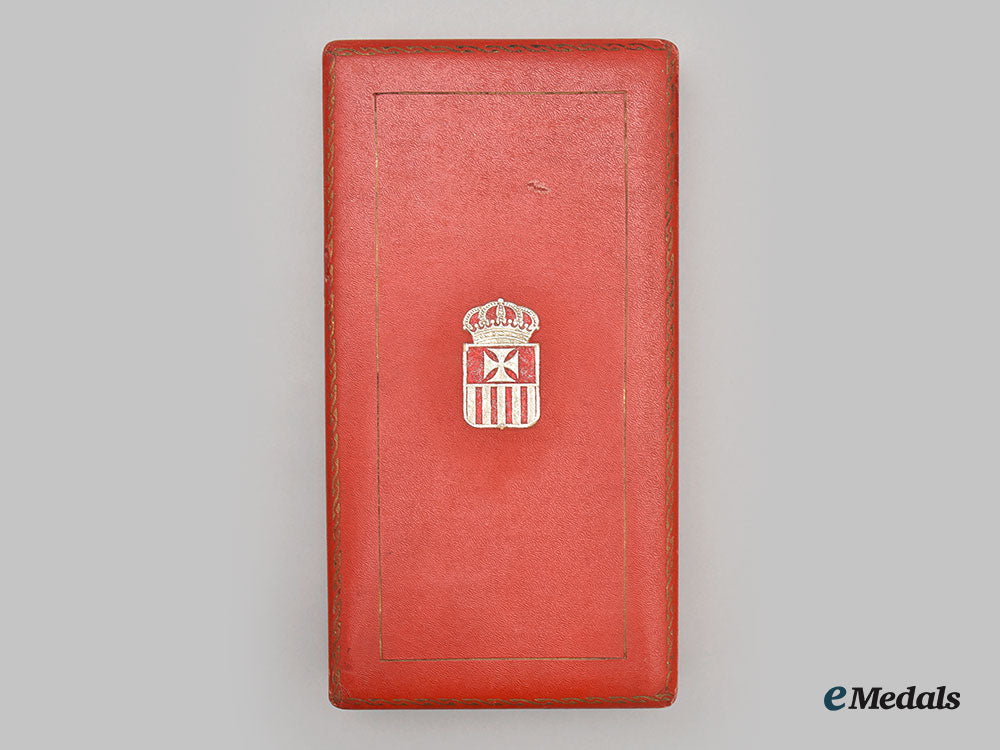
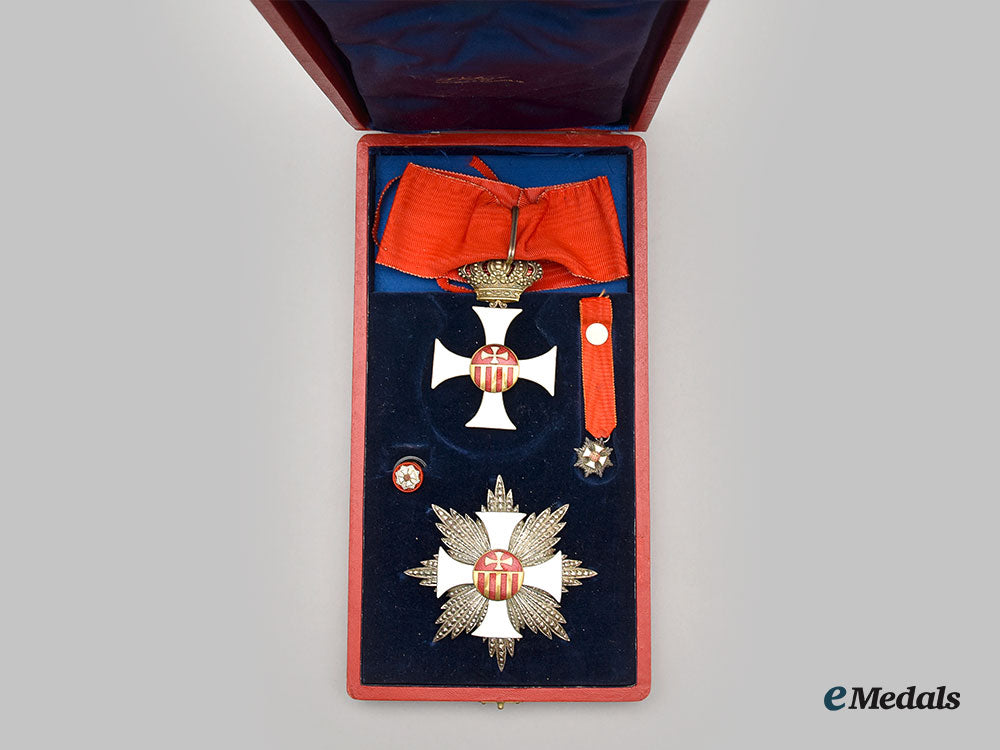
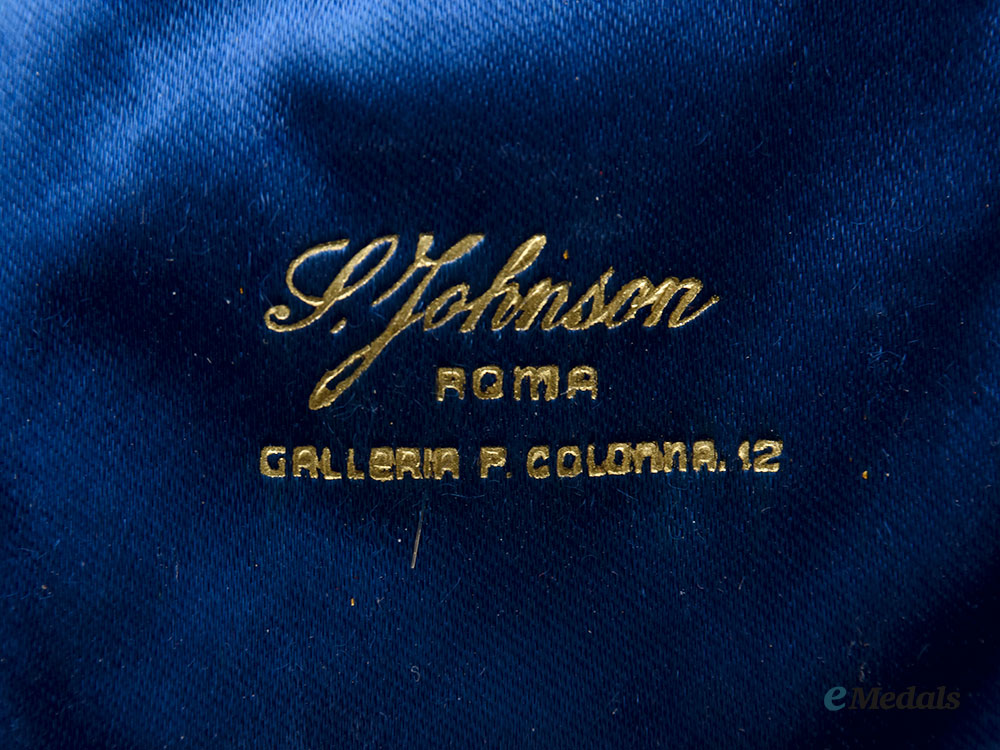
International. An Order Of Our Lady Of Mercy Mercedarian, Grand Commander
International. An Order Of Our Lady Of Mercy Mercedarian, Grand Commander
SKU: ITEM: EU21809
0% Buyer's Premium
Current Bid:
Your Max Bid:
Bid History:
Time Remaining:
Couldn't load pickup availability
Shipping Details
Shipping Details
eMedals offers rapid domestic and international shipping. Orders received prior to 12:00pm (EST) will be shipped on the same business day.* Orders placed on Canadian Federal holidays will be dispatched the subsequent business day. Courier tracking numbers are provided for all shipments. All items purchased from eMedals can be returned for a full monetary refund or merchandise credit, providing the criteria presented in our Terms & Conditions are met. *Please note that the addition of a COA may impact dispatch time.
Shipping Details
eMedals offers rapid domestic and international shipping. Orders received prior to 12:00pm (EST) will be shipped on the same business day.* Orders placed on Canadian Federal holidays will be dispatched the subsequent business day. Courier tracking numbers are provided for all shipments. All items purchased from eMedals can be returned for a full monetary refund or merchandise credit, providing the criteria presented in our Terms & Conditions are met. *Please note that the addition of a COA may impact dispatch time.
Description
Description
Cross in silver with red and white enamels, mounted to a silver eight-pointed star base, each star point with five faceted rays vertical pinback flanked by dual stays, measuring at 84.45mm in diameter and weighing at 58.4 grams; Commander’s Cross in silver gilt, consisting of an enameled white four armed cross, obverse centre featuring a partially enameled red Order’s insignia, mirrored reverse, adorned by Royal Crown with interior red enamels orb, measuring 53.95 mm (w) x 88.70 (h - inclusive of Royal Crown and horizontally pierced ball suspension adorned by cross), weighing at 40.5 grams, suspended by original neck ribbon, with a miniature and a boutonniere in original case of issue.
Footnote: The Royal, Celestial and Military Order of Our Lady of Mercy and the Redemption of the Captives (Latin: Ordo Beatae Mariae de Mercede Redemptionis Captivorum, abbreviated O. de M.), also known as the Mercedarians, is a Catholic mendicant order established in 1218 by St. Peter Nolasco in the city of Barcelona, at that time in the Principality of Catalonia (Crown of Aragon), for the redemption of Christian captives. Its members are most commonly known as Mercedarian friars or nuns. One of the distinguishing marks of the Order of the Blessed Virgin Mary of Mercy is that, since its foundation, its members are required to take a fourth vow to, if necessary, to die for another who is in danger of losing their faith. At first, the Order of Mercy had, at the same time, religious and military characteristics and that the first Masters General were lay knights. With the passing of time, the knightly and military aspects lost the importance that they had, especially in the first century of the Order. However, in the course of history and particularly in Spain, there were investitures and groups of lay knights, never contested by the Holy See or any civil or ecclesiastical authority. In 1926, the Order’s Master General, Juan del Carmelo Garrido, reformed the Statutes of the association and established new norms for secular knights whom he divided into five classes or ranks: Great Cross, Commander with badge and title, Honorary Commander, Knights and Donates, setting up emblems for each category, uniforms, honors and precedence. Two years later, the King of Spain, Alfonso XIII, Great Commander of Our Lady of Mercy, issued a decree placing the Order of Mercy on the same level as other Spanish Orders of Knights and authorizing the use of badges and titles. According to the Knights’ Statutes, their main objective was the profession and practice of the Catholic faith, practicing Christian virtues, charitable works for missions and anti-slavery propaganda. In his 1931 report to the General Chapter, the Master General confirmed that, at that time, there were 300 knights. Later on, in 1936, due to complaints from other military orders whose emblems were eclipsed by the beauty, historical and heraldic transcendence of the Mercedarians’, though it recognized in practice the Order’s right to confer these emblems, the Holy See asked the Order to refrain from conferring them. Although the King of Spain offered to intervene, in obedience to the Church’s voice, the Order never granted them again. On the same occasion, Pope Pius XI removed from the Mercedarian title theappellatives of Royal and Military which the Order had since its origin. The Order exists today in seventeen countries.
Description
Cross in silver with red and white enamels, mounted to a silver eight-pointed star base, each star point with five faceted rays vertical pinback flanked by dual stays, measuring at 84.45mm in diameter and weighing at 58.4 grams; Commander’s Cross in silver gilt, consisting of an enameled white four armed cross, obverse centre featuring a partially enameled red Order’s insignia, mirrored reverse, adorned by Royal Crown with interior red enamels orb, measuring 53.95 mm (w) x 88.70 (h - inclusive of Royal Crown and horizontally pierced ball suspension adorned by cross), weighing at 40.5 grams, suspended by original neck ribbon, with a miniature and a boutonniere in original case of issue.
Footnote: The Royal, Celestial and Military Order of Our Lady of Mercy and the Redemption of the Captives (Latin: Ordo Beatae Mariae de Mercede Redemptionis Captivorum, abbreviated O. de M.), also known as the Mercedarians, is a Catholic mendicant order established in 1218 by St. Peter Nolasco in the city of Barcelona, at that time in the Principality of Catalonia (Crown of Aragon), for the redemption of Christian captives. Its members are most commonly known as Mercedarian friars or nuns. One of the distinguishing marks of the Order of the Blessed Virgin Mary of Mercy is that, since its foundation, its members are required to take a fourth vow to, if necessary, to die for another who is in danger of losing their faith. At first, the Order of Mercy had, at the same time, religious and military characteristics and that the first Masters General were lay knights. With the passing of time, the knightly and military aspects lost the importance that they had, especially in the first century of the Order. However, in the course of history and particularly in Spain, there were investitures and groups of lay knights, never contested by the Holy See or any civil or ecclesiastical authority. In 1926, the Order’s Master General, Juan del Carmelo Garrido, reformed the Statutes of the association and established new norms for secular knights whom he divided into five classes or ranks: Great Cross, Commander with badge and title, Honorary Commander, Knights and Donates, setting up emblems for each category, uniforms, honors and precedence. Two years later, the King of Spain, Alfonso XIII, Great Commander of Our Lady of Mercy, issued a decree placing the Order of Mercy on the same level as other Spanish Orders of Knights and authorizing the use of badges and titles. According to the Knights’ Statutes, their main objective was the profession and practice of the Catholic faith, practicing Christian virtues, charitable works for missions and anti-slavery propaganda. In his 1931 report to the General Chapter, the Master General confirmed that, at that time, there were 300 knights. Later on, in 1936, due to complaints from other military orders whose emblems were eclipsed by the beauty, historical and heraldic transcendence of the Mercedarians’, though it recognized in practice the Order’s right to confer these emblems, the Holy See asked the Order to refrain from conferring them. Although the King of Spain offered to intervene, in obedience to the Church’s voice, the Order never granted them again. On the same occasion, Pope Pius XI removed from the Mercedarian title theappellatives of Royal and Military which the Order had since its origin. The Order exists today in seventeen countries.














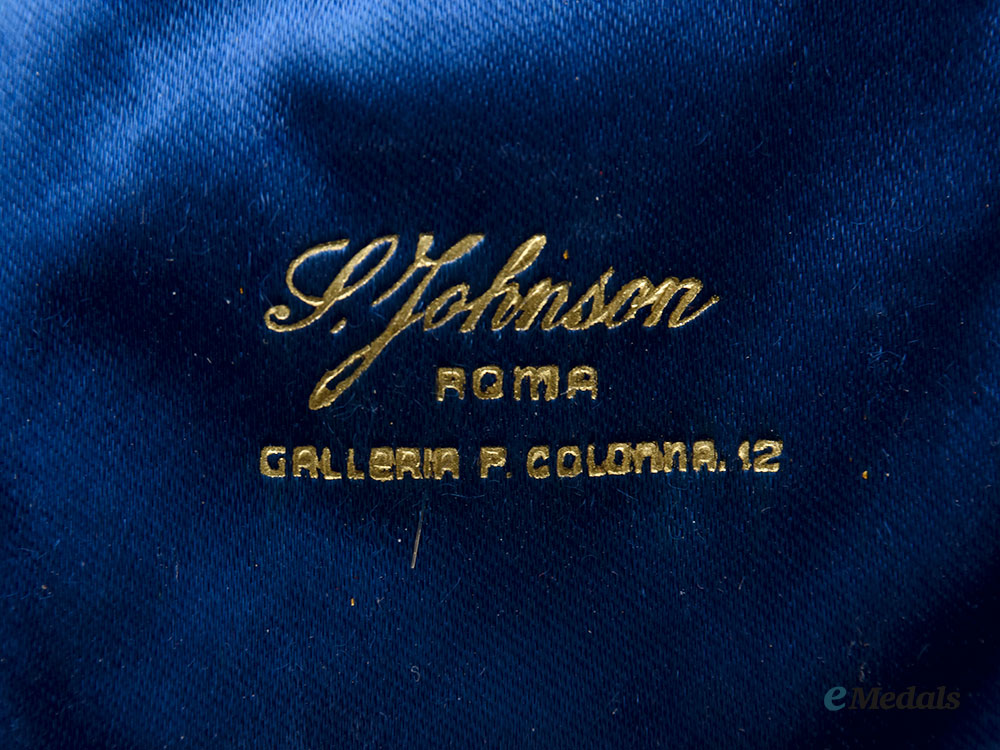
You May Also Like
Germany, Third Reich. A Mixed Lot of Tyrolean Marksmanship Badges
G52930
Germany, SS. An Estonian Waffen-SS Volunteer’s Sleeve Shield
G50381
Germany, SS. A Waffen-SS Sturmmann Sleeve Insignia
G52846
Germany, Third Reich; Slovakia, First Republic. A Mixed Lot of Wartime Postcards
G52905
Germany, Third Reich. A Pair of Tyrolean Marksmanship Badges
G52981
-
Germany, Third Reich. A Mixed Lot of Tyrolean Marksmanship Badges
G52930
Add to CartRegular price $135 USDRegular price $0 USD Sale price $135 USDUnit price / per -
Germany, SS. An Estonian Waffen-SS Volunteer’s Sleeve Shield
G50381
Add to CartRegular price $150 USDRegular price $0 USD Sale price $150 USDUnit price / per -
Germany, SS. A Waffen-SS Sturmmann Sleeve Insignia
G52846
Add to CartRegular price $135 USDRegular price $0 USD Sale price $135 USDUnit price / per -
Germany, Third Reich; Slovakia, First Republic. A Mixed Lot of Wartime Postcards
G52905
Add to CartRegular price $135 USDRegular price $0 USD Sale price $135 USDUnit price / per -
Germany, Third Reich. A Pair of Tyrolean Marksmanship Badges
G52981
Add to CartRegular price $135 USDRegular price $0 USD Sale price $135 USDUnit price / per
Do you have a similar item you are interested in selling?
Please complete the form and our client care representatives will contact you.
Sell Item


































